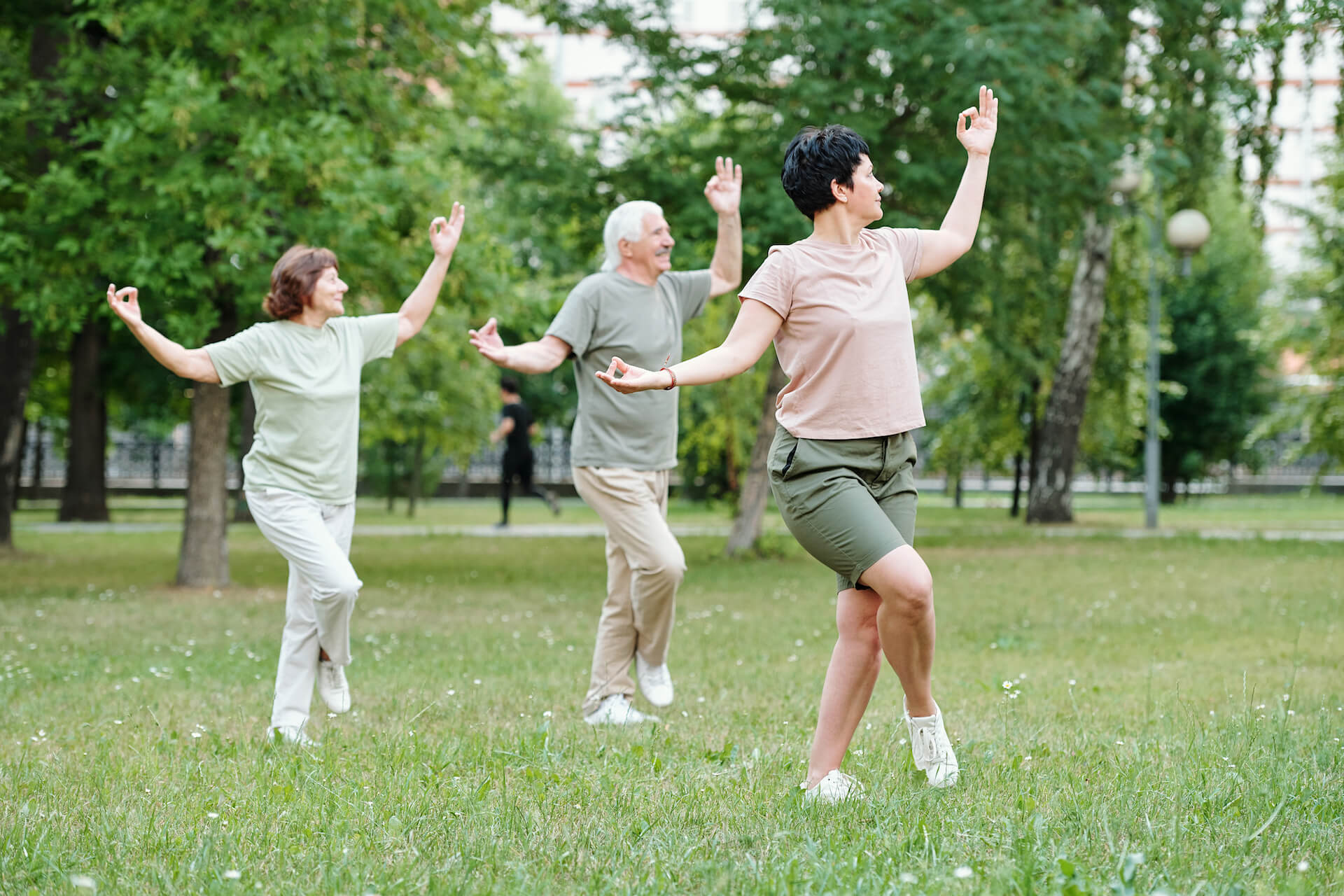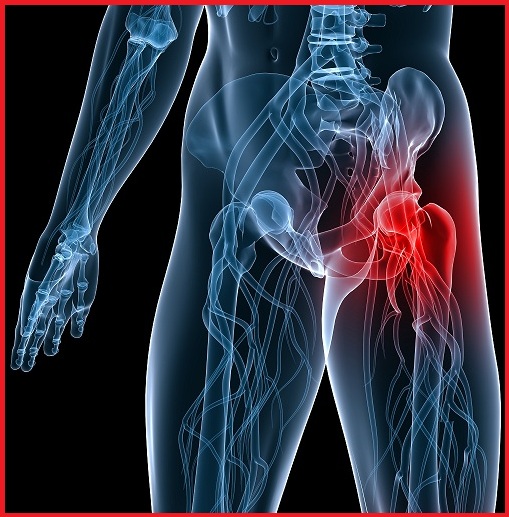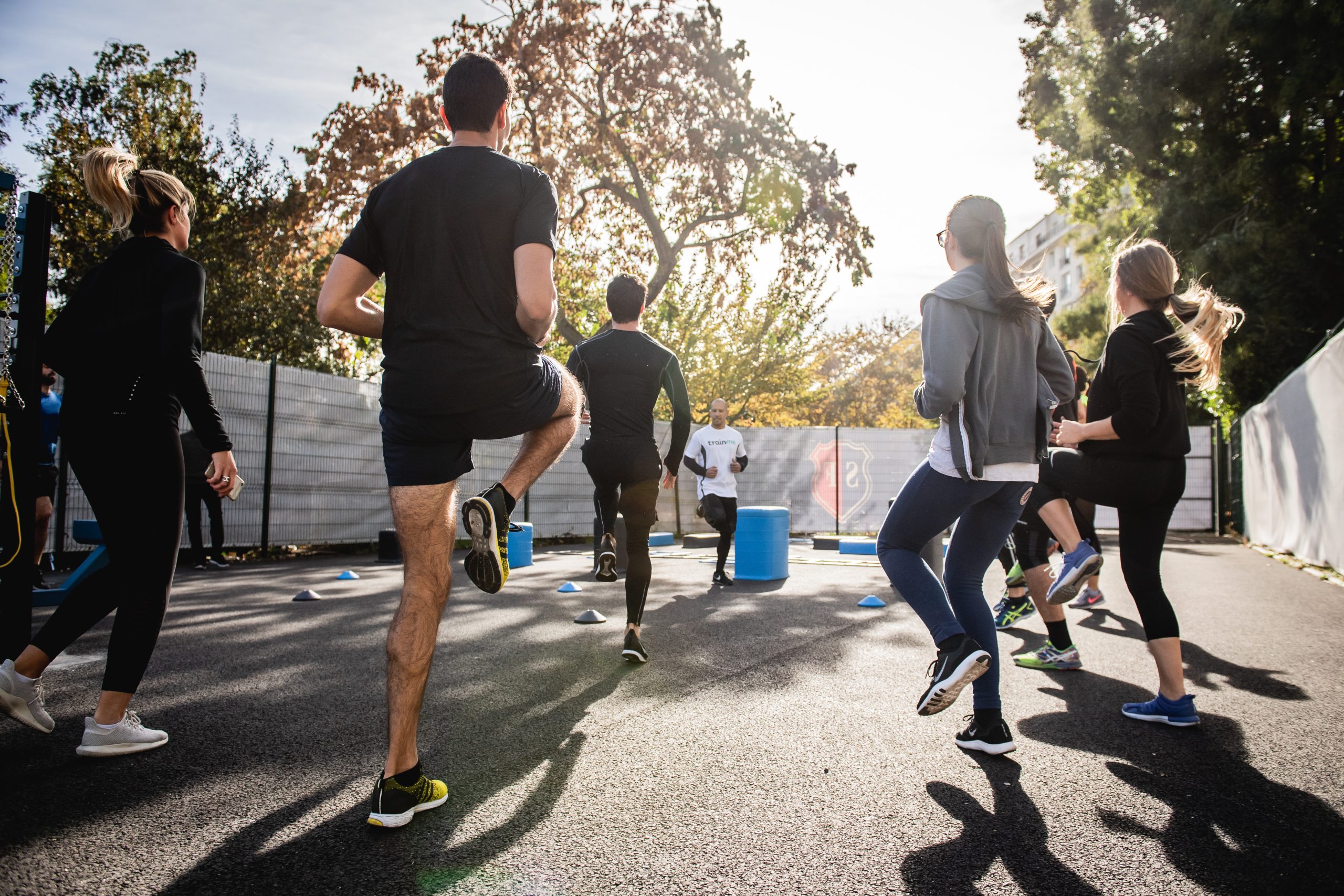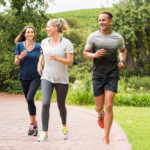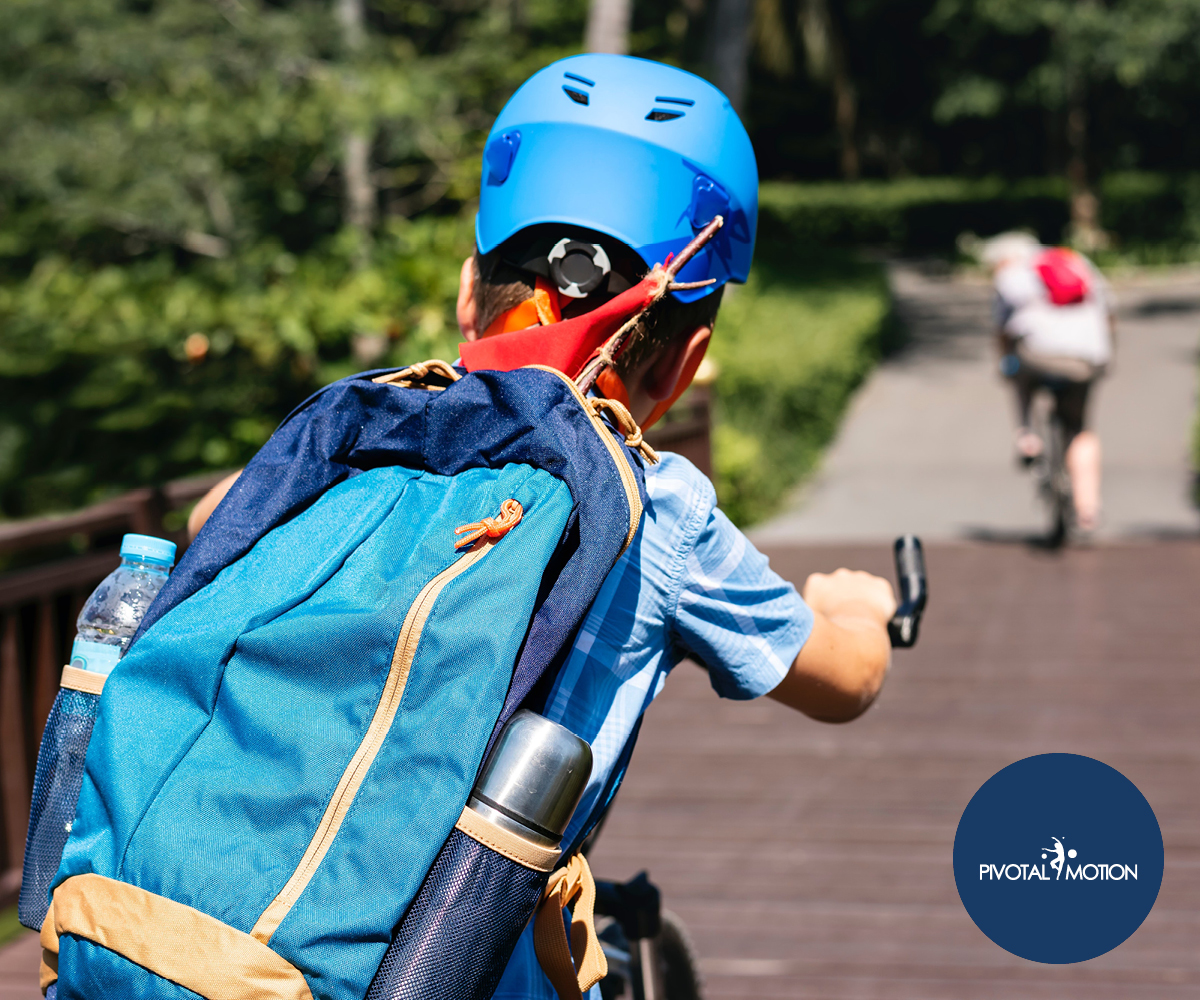
BACK TO SCHOOL TIPS! SECRETS TO A PAIN FREE EDUCATION
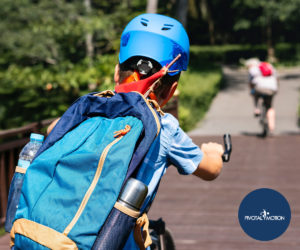 The thing about the really hardworking kids in school is that it all starts to weigh them down half way through the year. I mean that literally. Their bags are just poorly fitted and are far too heavy.Continue reading to discover our back to school tips that will help your child from being injured throughout the school year.
The thing about the really hardworking kids in school is that it all starts to weigh them down half way through the year. I mean that literally. Their bags are just poorly fitted and are far too heavy.Continue reading to discover our back to school tips that will help your child from being injured throughout the school year.
We see a lot of these young Einsteins in clinic among our aspiring athletes and performers. If there any parents or teachers reading this right now, I urge you to remind these youngsters, that while their education is invaluable, nothing is more important than good health.
The team at Pivotal Motion Physiotherapy decided that now was a better time than ever to give you a few tips on return to school injury prevention.
Tip no.1 : Pick the right bag.
As trendy as the shoulder sling-type bags are these days, back packs are preferred by health professionals. Having said this, I have seen many a student carrying back packs that are longer than their torsos and heavier than 50% their body weight.
Choosing the right bag can be a little technical. But it will lighten the load on the spine and the joints of the lower limb keeping your child free of injuries. Here are some of the features that we look for in a back pack:
- The bag should begin no higher than an inch above the shoulders and only slightly lower than the bony landmarks at your waist (iliac crest).
- It should be lightweight; no heavier than 10 % of body weight. Heavier items should be packed around the waist and hip area.
- It should have wide, adjustable padded shoulder straps and ideally a padded back for comfort.
- Waist belts are always helpful to distribute loads around the pelvic region.
Tip no.2: Pick the right shoes
The second of our back to school tips examines the importance of selecting a pair of quality shoes. One of the questions we ask in clinic when it comes to lower limb issues is how long you’ve had your shoes for. When worn daily, a pair of shoes can lose up to 50% of their shock absorption capacity annually (or more if your child tends to forget to change into the appropriate footwear for sport). Here’s what to look for in a good pair of shoes:
- A firm heel counter.
- The shoe should bend where the big toe bends.
- Lacing up a shoe may offer additional support (compared to Velcro straps).
- Always pick the right shoe for the activity.
It is important to keep an eye out for changes in the lower limb that your child may be showing. This may include in-toeing or out-toeing, knock knees or bowed legs for example.
While in toddlers and very young children (4-5 year olds), lower limb changes are a part of development, it is not expected that these changes will continue on into teenage years. If your child is complaining of lower limb or foot pain, a visit to the physiotherapist might be helpful to assist in correcting any biomechanical abnormalities.
Tip no. 3: Stretching
Here’s a cost effective way to stay fit. Get the kids to stretch every morning. We understand that while you encourage the children to maintain proper seated and standing postures when possible, they often like to hunch over their desks and peer with squinty eyes into their tablet computers. That’s why a couple of stretches a day in addition to the occasional nag about their postures is just what the physio orders! Here’s a few back to school tips about the stretches that we can’t live without:
- Upper trapezius stretch: Sit on one hand while you bend your neck away from that side. Now tilt your head forward slightly and hold.
- Thoracic spine stretch: With your hip and the outside of your foot against a wall, place your hands on the wall and twist towards it. Remember not to move your hip or foot!
- Hamstring stretch: Place your foot on a step in front of you with your knee straight. Now lean forwards and hold.
- Calf stretch: Facing a wall, with your palms on the wall, get into a mini lunge position. Keep your back leg straight and your heel on the ground. Now lean forward and hold.
Always hold your stretches for 15- 20 seconds!
Tip no.4: STRENGTH EXERCISES
Our selection of back to school tips concludes with the importance of sustain good muscle condition. A slumped posture is common in many children and seeing as they are less reluctant (and too forgetful) to correct their posture, it might be worth getting them to do a few exercises to improve their strength. We recommend:
- Thoracic spine extensions: This aims to counteract the slumping or the flexion that occurs in the mid back as a result of poor seated postures and wearing heavy back packs.
- Squats: This one strengthens the muscles around the hip and knee- less time consuming for the very busy adolescent.
- Balance Exercises: Standing on one leg with your eyes closed or catching and throwing a ball while standing on one foot. This is great to maintain the strength of your foot and lower leg muscles while improving your balance, which means that you are less likely to sprain an ankle.
Pivotal Motion run Active Teen classes on Monday and Wednesday afternoons. These are run by our experienced exercise physio team and are designed to develop your teen’s fitness, strength and coordination.
We hope our selected back to school tips helps keep your child healthy and injury free. Located in North Brisbane we provide child physio services that can help send your child back to school pain free. Call our friendly team on 07 3352 5116 or book an appointment online.
Updated 27/4/2022

